I went down to London for game 5 of the Carlsen - Caruana Match.

This is me outside the venue with people queuing up to get in.

And what was it like inside....
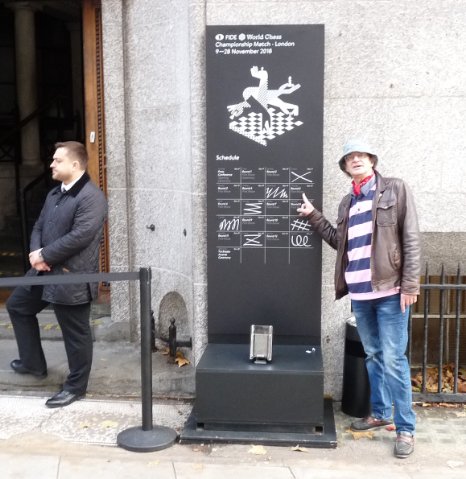
...I’ve no idea because you could not buy a ticket at the door and
anyway it was a bit of a rip off because your ticket only gave you
30 minutes for your £55.00 to see the actual game live and then
you had leave to let others in so they could get their 30 minutes.
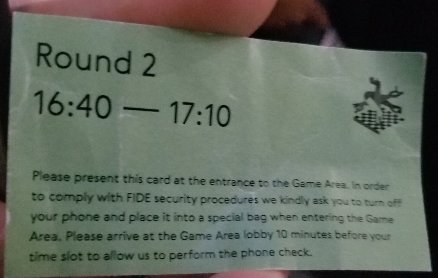
This is a ticket from a round two game.
So I happily threaded my way through the ‘Streets of London to here...
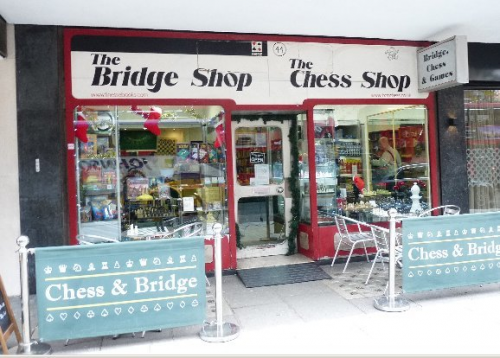
and surrounded by all things chess I was happy and bought things.

Caruana played a gambit that I successfully predicted he would on the ECF site.
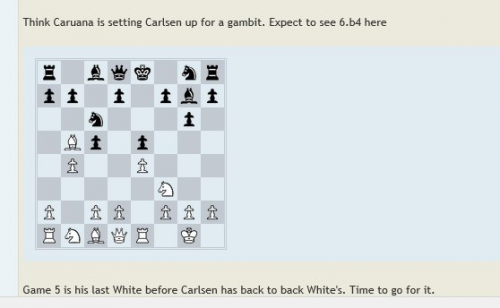
So here is the game I went to London not to see.
Carlsen - Caruana World Championship, game 5, World Championship 2018
We now look at two games by a player who rejoices in the name of Albert Kapengut
who has played this gambit on and off for 30+ years with a fair amount of success.
A. Kapengut - V. Rutar New Jersey Open 2005

Carlsen being scanned for electronic devices. Both player have to go through this routine
prior to every game. It is a sad reflection on the game but in this high-tech age necessary.
The second Kapengut game to give you an idea and ‘feel’ for this gambit.
A. Kapengut - E. Paoli, Kecskemet, 1972

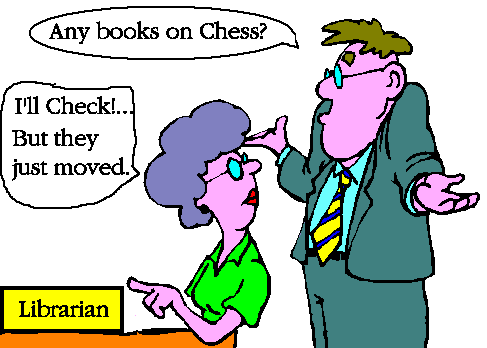
One of the books I bought from the London Chess shop at 44 Baker Street was this:
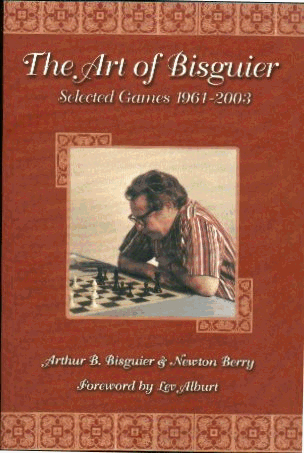
A good chatty book with loads anecdotes and am enjoying going through it.
It covers the Bisguier years 1961- 2003 but it is how Bisguier wrapped up his 1955
game against Spassky at the famous Gothenburg Interzonal that I’ve always liked.
(It is even mentioned in this book so it appears Bisguier himself was also fond of it.
B. Spassky - A. Bisguier Gothenburg Interzonal 1955 (Black to play)
A position Bisguier must have seen coming a few moves ago. The pawn can
be stopped by giving up the Rook and Knight but then all you have is a draw.
1...Rg6+ 2.Kxg6 Nf8+ and Nxh7. But Bisguier ignored the pawn.
A couple of needless stalemates from this year with this Rook and Knight ending.
Macanelli Rowe - joaomen RHP 2018 (White to play and mate in three)
1. Nd3 Stalemate was played.
White had mate in 3 by forcing the King to f1. 1.Ne2 2,Nc3 and Rb1 mate.
Pololo - midandroid RHP .2018 (White to play and mate in 3)
1.Rb3 Stalemate was played.. Two variations mate in three.
1.Na4 Kx4 2. Kc5 Ka5 2.Ra3 mate
1.Na4 Ka6 2.Re7 Ka5 Ra7 mate
The thread accompanying this blog is Thread 179307

